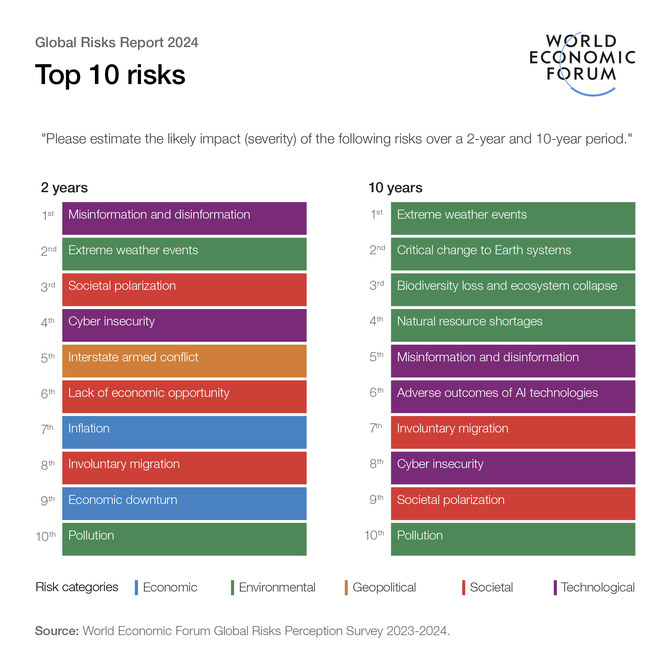
Supermarket shoppers in the Middle East usually have their goods checked out and bagged by two members of floor staff, a luxury that is antiquated in many parts of the world where customers increasingly serve themselves.
The number of self-checkout machines worldwide has grown year on year, while supermarket employment rates have steadily declined.
This trend is representative of the wider reality of job automation as technology increasingly provides solutions that can save businesses time, minimize the risks to staff and, importantly, offer ever-more competitive economies of scale.
The transition is not without issue, however; automation is encroaching upon the employment space, threatening long-term career prospects and causing industrial disputes.
The UK has recently been blighted by industrial action. Its creaking public-transport network, though extensive, has never been known for its reliability at the best of times. Last week, joint industrial action on bus, train and metro networks has forced businesses to close and led to mass cancellations.
Drivers and auxiliary staff across transport companies are striking for a pay deal that would enable them to keep pace with the rising cost of living. In addition, employees are seeking guarantees about job security, which some argue is being affected by the prospects for automation. The Transport Salaried Staffs’ Association, a union that represents railway workers, is seeking “clear assurances and clarity on job security and working practices.”
Though not a single UK railway worker was made redundant during the pandemic, the rail network is a significant burden on the state. Almost a third of its combined $20 billion annual revenue comes from the state. Within this context, and amid the chaos caused by the strikes last week, automation is therefore of great interest not only to the British government but to governments worldwide.
Norway recently unveiled a “Railway Network of the Future” that is scheduled to be up and running by 2034. It features a new digital signaling system designed to improve the safety, punctuality and capacity of the network.
The Chinese city of Nanjing is constructing a fully automated metro system. And in the UK, which has experienced several strikes in recent weeks, “Automatic Train Operation” has been a feature on some metro lines for several years.
Spiraling living costs and battered supply chains have slowed the post-pandemic recovery across the board. Just as ground-based public-transport networks have experienced strike action, so too have ports and airports come to a standstill, with staff reluctant to continue working after the lay-offs and furloughs of recent years. Strikes over pay also caused havoc at European airports last month.
Across sectors, industries in which automation could play a significant role are experiencing great unrest.
Zaid M. Belbagi
Across sectors, industries in which automation could play a significant role are experiencing great unrest. The pandemic has exacerbated economic inequalities, with World Bank figures revealing that incomes have been worst hit among the poorest fifth of the global population. This has compounded a decade of weak wage growth in wealthier countries that followed the 2008-09 recession, causing inflation to edge into double digits and worsening the plight of the working poor.
The increased industrial unrest has therefore created the circumstances for an interesting shift in the employment market. Trade unions had lost much of the clout they wielded before the economic liberalization of the 1980s. However, given the spread of industrial action at present there are two changes that could occur.
In one scenario, the strikes could spread, with workers in other sectors following suit and reversing a decades-old decline in industrial action that resulted in employers significantly gaining the upper hand in labor relations. The disruption caused by such action could, however, push employers and governments toward further automation and digitization efforts.
The European Trade Union Institute has reported a dip in labor-related disruption as trends such as outsourcing and the gig economy emerged. However, the coordination that unions lost as a result of automation has been regained, in some quarters, through the digital organization of industrial action and petitioning.
In the US, for example, Starbucks employees forced improvements through such efforts, and in Britain the Trades Union Congress has reported a surge in traffic to its “find a union” web page.
While less than 5 percent of occupations can be automated, about 60 percent of occupations have at least 30 percent of constituent activities that could be automated. These figures are likely to grow in light of further technological advances, thereby raising the specter of an increase in industrial action.
It is estimated that as many 12 million jobs could be lost to automation across Europe by 2040, a decline that is forecast to have the greatest effect on workers in industries such as retail, food services, and leisure and hospitality.
Such large-scale automation will cause significant policy challenges for governments. In the Arab world, for example, the state remains the net employer and youth unemployment remains stubbornly in double digits. Indian Railways, meanwhile, employs close to 1.54 million people, making it the seventh-largest employer in the world.
Automation of such a large industries will undoubtedly lead to further peaks in unrest, just as manual textile workers in 19th-century Britain once rose up and destroyed the efficient new factory machines designed to replace them.
Zaid M. Belbagi is a political commentator and an adviser to private clients between London and the GCC. Twitter: @Moulay_Zaid












